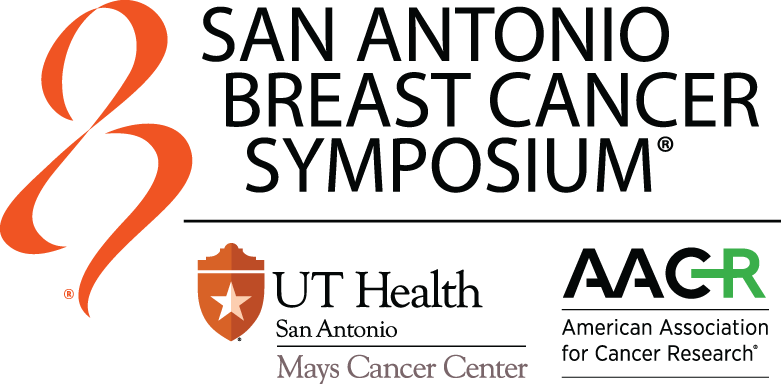Poster Spotlight Session 16: Enhancing Immunotherapy for Triple Negative Breast Cancer: Novel Therapies and Biomarkers
Friday, December 8 • 7:00 a.m. – 8:00 a.m. • Stars at Night Ballroom 3-4
Presentation: Comparison of an Atezolizumab monotherapy window followed by Atezolizumab and chemotherapy vs. Atezolizumab and chemotherapy alone in triple negative breast cancer (TNBC) – final analysis of the neoadjuvant neoMono trial

Hans-Christian Kolberg, MD, PhD
Marienhospital Bottrop,
Bottrop, Germany
What is your presentation about?
The neoMono trial — a multicenter randomized phase 2 trial — prospectively analyzed whether the addition of a preceding Atezolizumab monotherapy window prior to Atezolizumab and chemotherapy improves pCR rates among patients with early TNBC (defined as ER/PR < 10% and HER2 negative). Neoadjuvant treatment in both study arms consisted of Atezolizumab in addition to neoadjuvant chemotherapy. Combination therapy in arm A was preceded by an Atezolizumab monotherapy window two weeks prior to initiation of combination therapy, while patients in arm B received no immune monotherapy window.
180 patients in arm A and 179 in arm B from 34 study sites were included. Demographics and baseline characteristics as well as drug exposure were well-balanced in both arms. Mean pCR rates in the ITT population in study arms A and B were 65.7% and 69% respectively. In an exploratory analysis stratified by PD-L1 IC status pCR rates in arm A were 91.5% in the PD-L1 IC positive group and 56.1% in the PD-L1 IC negative group, the corresponding pCR rates in arm B were 82.2% and 64.5%, respectively.
The final primary endpoint analysis of the neoMono trial demonstrated the highest pCR rates ever reported in a phase II/III trial in TNBC. While a significant impact of an ICI monotherapy window on the pCR rate in an unselected ITT population could not be demonstrated, neoMono indicated that patients with immune active TNBC might derive particular benefit from a preceding ICI monotherapy window.
What makes this topic important in 2023?
The improvement of systemic therapy in patients with early TNBC including immune checkpoint inhibitors (ICI) still represents an unmet medical need. Exploratory data from other trials suggested a benefit from an ICI monotherapy window before neoadjuvant chemo- and immune-therapy in TNBC. Our data demonstrate that a ICI monotherapy window does not improve pCR rates in an UNSELECTED TNBC population, but that in patients WITH PD-L1 POSITIVE TNBC (i.e. patients with suggested increased immune sensitivity) the window phase could lead to a meaningful improvement. It would be very important to investigate this in a trial including only patients with PD-L1 positive TNBC.
How did you get involved in this particular area of breast cancer research, care, or advocacy?
When I graduated from medical school in 1995, breast cancer was classified as “receptor positive” or “receptor negative.” Only later the HER2neu expression was included in this classification and the term triple-negative breast cancer (TNBC) was created. And for decades after that, the best we had to offer our patients with TNBC was chemotherapy. The last years have changed that and immune checkpoint-inhibitors have become a standard in early and metastatic TNBC. But the questions of who benefits the most from this new paradigm and if there are still options to customize the application of ICIs moved me and my colleagues in the study group Phaon scientific (especially my wife Cornelia Kolberg-Liedtke, who started her scientific career in the MD Anderson Medical Center working on TNBC and who is the CEO of Phaon scientific), leading to the design of the neoMono trial.

